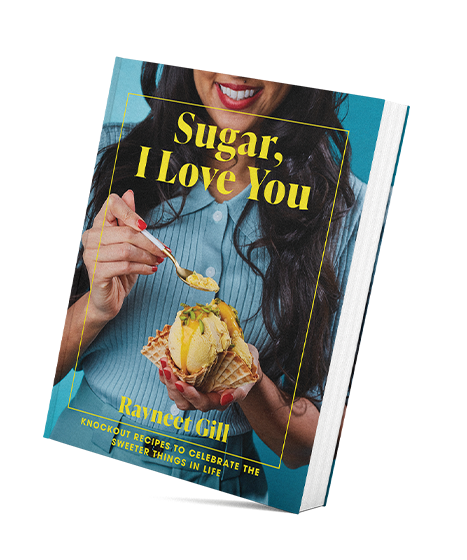August is the zenith of elderflower season, with this floral yet tropical flavoured plant gracing many a hedgerow in this gorgeous part of the world.
The plant is known for its white flowers which sprawl out of the stem and will begin to flourish from May lasting through to August, when it then begins to develop purple elderberries.
The fresh, floral, and slightly tropical taste makes the flower a great base for many recipes. The taste is often compared to a more floral version of pear or lychee.
Most commonly, elderflower is found in cordial drinks, but the versatile ingredient has far more to offer…
How to spot elderflower
Elderflower’s most recognisable element is its sprawling white flowers which look like a burst of small creamy petals. The tree itself will be small in size, often just a shrub. It is plentiful throughout the UK and often grows in woods, hedges or even in parks or on big streets. However, before you even spot the flower, you may be able to smell it! Elderflower has a distinctive aroma which many liken to ‘the smell of summer’ – it should smell floral and creamy. If the flowers have a brown colour or smell musty, it’s best to leave that plant. Lastly, be sure you’re not confusing elderflower with other similar looking plants like Pyracantha or Cow Parsley. If possible, take a photo of elderflower with you so you can compare. Remember that elderflowers grow from woody, leafy branches, have 5 rounded petals and yellow anthers.
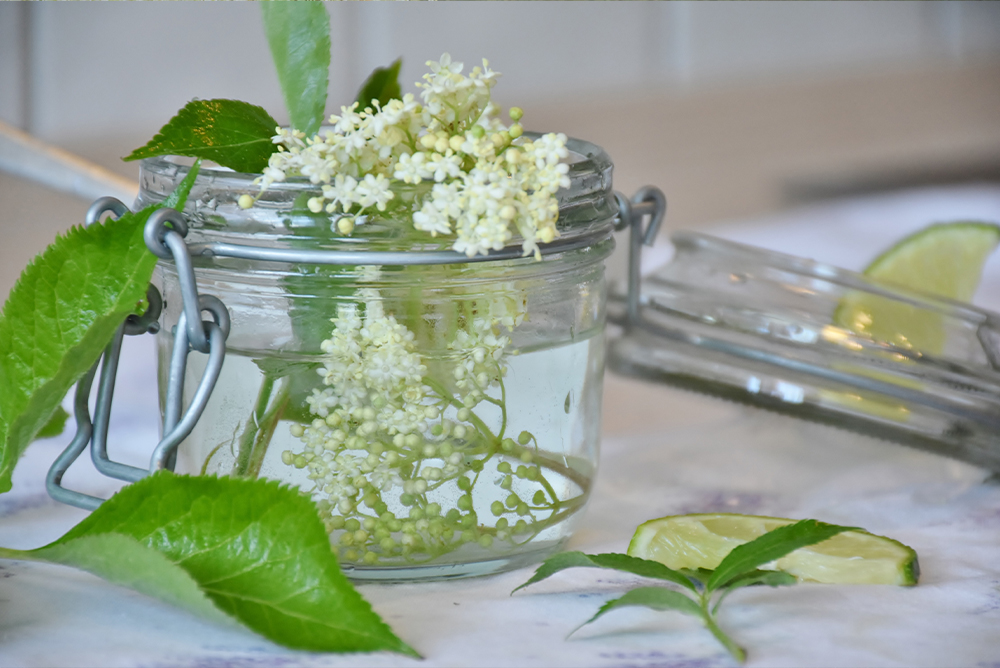
How to prepare your elderflower
If you can, try to pick your elderflower in fair weather. The blooms will be packed with pollen and it’s this which gives the plant its signature taste. Poor weather can mean that the pollen has been washed or blown away, resulting in a less flavourful return. It’s also worth avoiding any elderflowers from beside road or railway lines as these can be tainted with fumes, instead try to wander farther afield for your crop. This is important as when you come to prepare your flowers, you shouldn’t wash them, as this will remove the aforementioned pollen.
Instead, pick off any bugs then trim the blossoms into a container ensuring you gather any pollen that falls away. Discard the stems. It’s best to use elderflower right away, but if you do need to store it, place your flowers in a paper bag and keep in a cool, dry place.
Recipe ideas
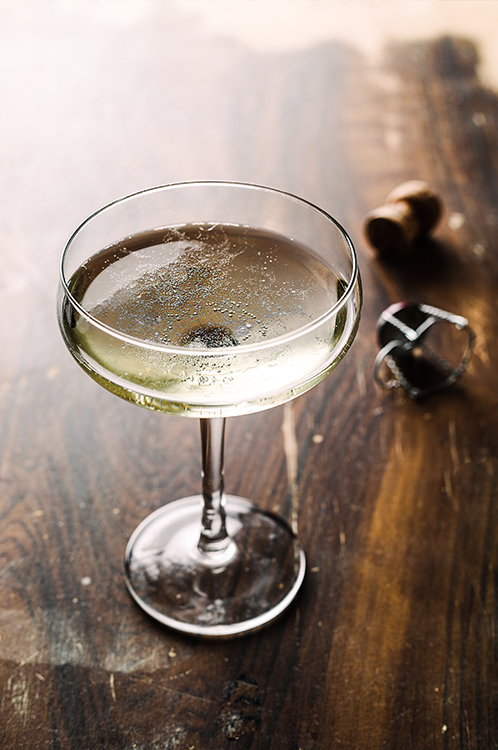
Champagne
Elderflower Champagne is the perfect, elegant use for these flowers. To make a batch of your own you’ll need sugar, lemons, and some white wine vinegar.
A simple recipe can be found from River Cottage requiring only basic equipment and some appropriate bottles of choice, just make sure these have a cork or stopper to create that fizz!
This recipe requires a little patience as you’ll need to wait at least a week before your batch is ready. If you plan on storing your champagne, you may need to pop the lid occasionally to release excess pressure from building up.
Once ready, the drink makes a perfect garden party tipple, ideal for sharing with friends!
Fritters
This recipe is much simpler than it sounds. All you need is flour, baking powder, icing sugar and sparkling water. Simply mix the first three ingredients together then add your sparkling water. Aim for a thick texture that is still a little runny. Once ready, dip in your elderflower heads then add to a pan of hot, but not smoking, oil. The fritters should turn golden brown and be ready to remove in under a minute. Once ready, remove and leave to dry on kitchen paper, then dust in icing sugar or serve with a drizzle of honey. For a more adventurous taste, swap out the sparkling water for beer or ginger beer for a different twist.
Sorbet
Sorbet is a simple and versatile way to use your elderflowers. Bring two parts water and one parts sugar to a boil, add in your ingredients, simmer, cool for at least an hour, leave to infuse, strain, then pour into containers to freeze.
The best thing about creating sorbet is that you can experiment with flavours. Some great options to add to your elderflower include lemon, gin, strawberry, or rhubarb. A perfect cooling dessert for summer that’s easy to make, store and enjoy. Top with fresh fruit, biscuits, or add to sparkling wine for a simple, yet elegant, cocktail.
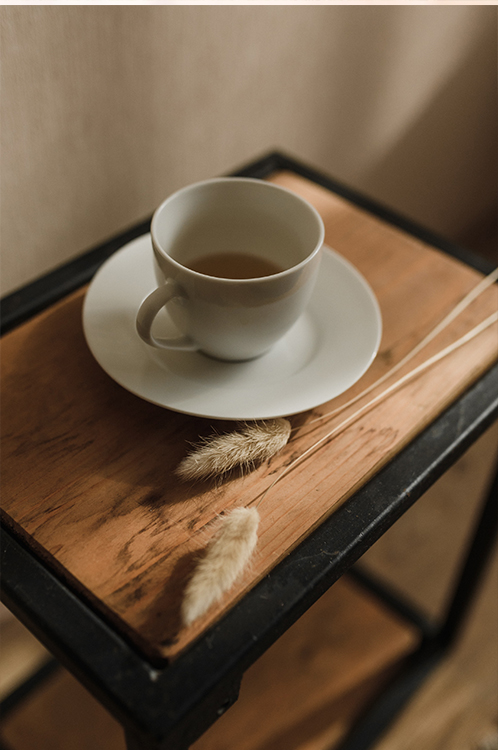
Tea
One effortless way to use your elderflower is to make tea. All you need for this is your elderflower cuttings, a cup and something to strain the liquid. Once you’ve trimmed your elderflowers, hang them upside down in a light, airy place to allow the flowers to dry out. Once done, keep your elderflower in a tin and store for when you want to make a cup. To make the tea, all you need to do is add elderflowers to boiling water and allow it to infuse. After a few minutes, strain the liquid into a cup of your choice. Alternatively, if you have a tea strainer, simply put your elderflowers cuttings inside and cover with hot water.
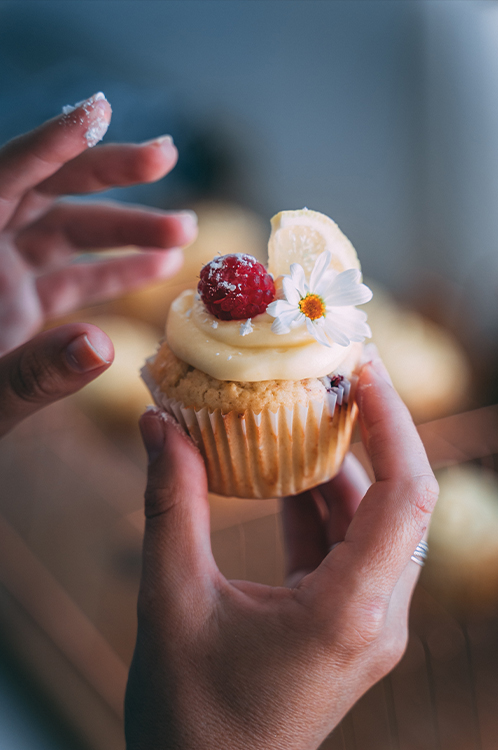
Cake
Last but not least, elderflower has always been a firm favourite with bakers, giving cakes a sweet but subtle twist. Royal fans may remember that Harry and Meghan opted for a lemon and elderflower cake at their wedding, adorned with fresh flowers. There’s a wealth of options if you’re looking to use elderflower in baking from adding into the mix, creating an elderflower syrup, or mixing it into a buttercream filling or topping. When it comes to the perfect flavour pairings, lemon is often the most popular choice, but pistachio, raspberries, or blueberries also make great combinations. For the perfect summer showstopper, try drizzling your cake with icing and topping with edible flowers.
“Elderflower can be a wonderfully diverse ingredient, while its flavour is distinctive, it’s sweet and floral nature means it pairs well with a wealth of other flavours,” says Kate Cartwright of Burleigh Pottery.
“Luckily in the UK, elder trees are abundant, meaning it’s highly likely you’ll be able to forage some elderflower for yourself. Just look out for the bursts of white flowers which should be blooming anytime now. When done responsibly, foraging is a great way to take advantage of the wonderful wild plants and ingredients we have in our country. Using local ingredients allows us to be more sustainable and cooking with wildflowers such as elderflower embraces and celebrates the ingredients we have all around us.”

A final word
It’s important to be responsible when foraging and there are some basic principles you should follow:
• Don’t take more than you need.
• Be careful not to trample or damage plants.
• Leave lots behind.
• Be sure you have identified the plant before consuming.
• Seek permission on private land.
• Elderflower mildly toxic when raw. Cooking destroys the toxic chemicals.









